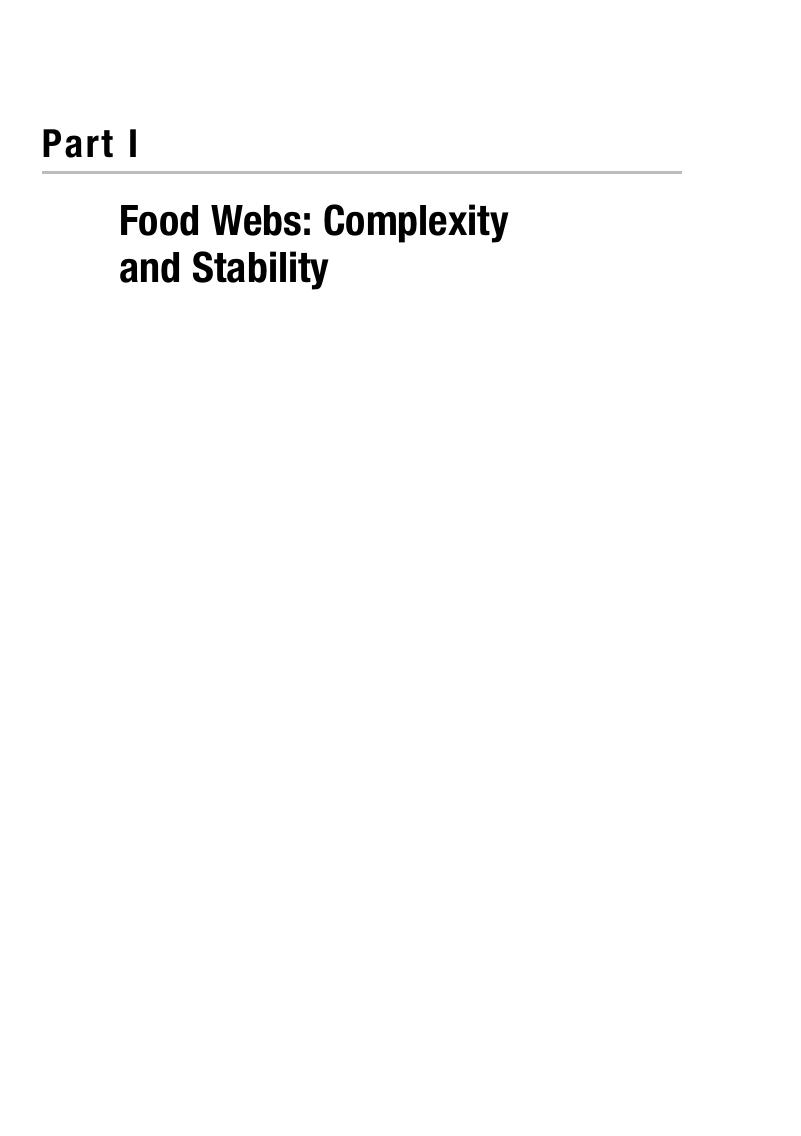Part I - Food Webs: Complexity and Stability
Published online by Cambridge University Press: 05 December 2017
Summary

Information
- Type
- Chapter
- Information
- Adaptive Food WebsStability and Transitions of Real and Model Ecosystems, pp. 7 - 104Publisher: Cambridge University PressPrint publication year: 2017
